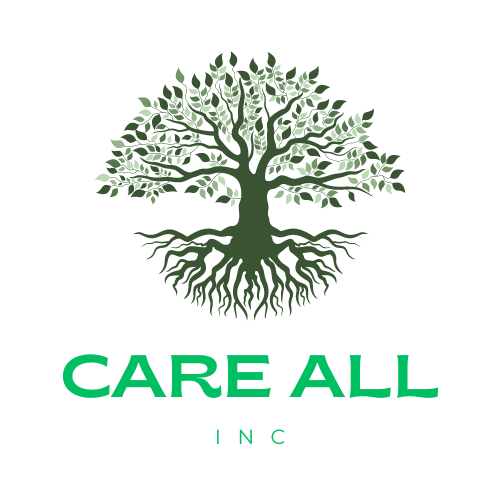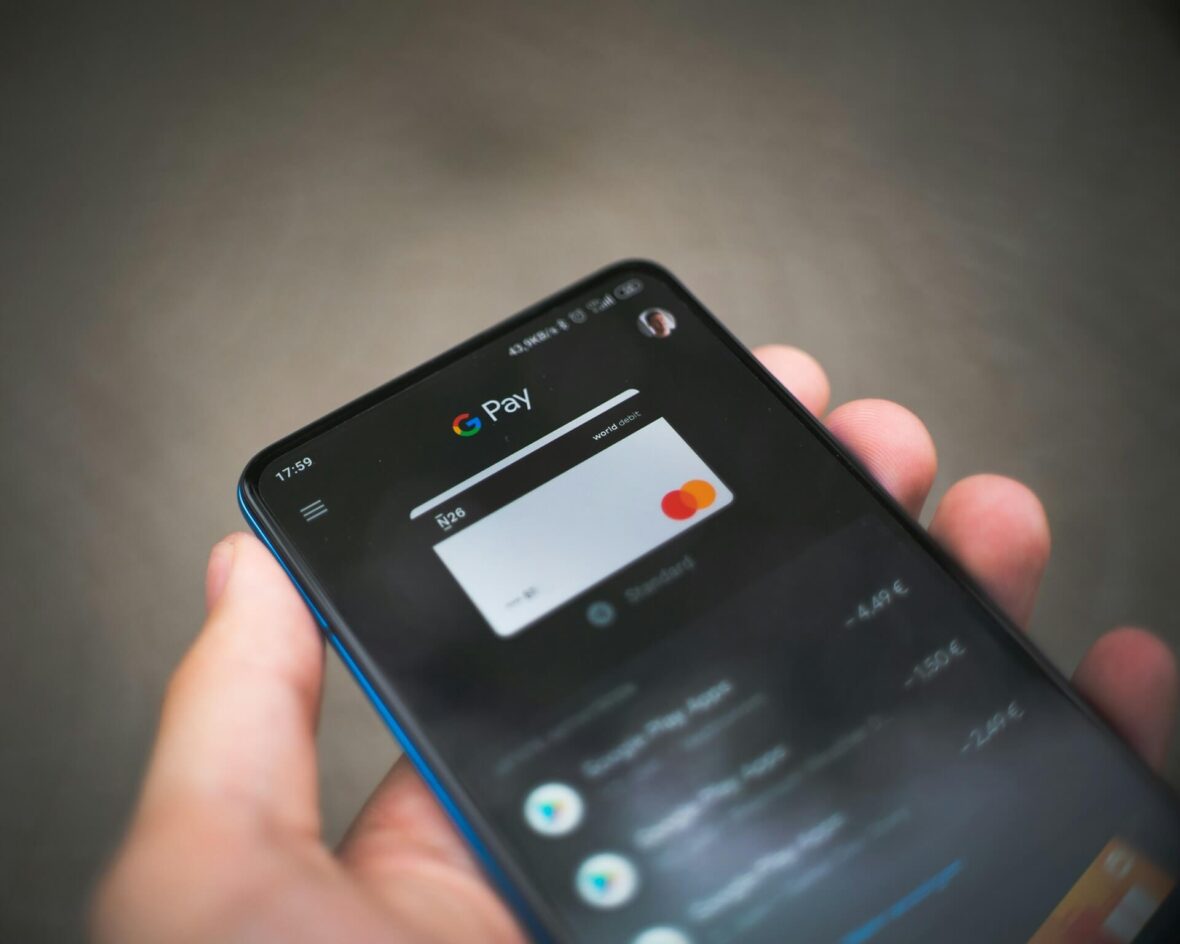Debt can feel like a dark cloud hanging over your head, casting a gloomy shadow on your financial freedom. However, the weight of this burden can be lifted with the right strategies and mindset. Aiming to empower personal finance enthusiasts, debt consolidation seekers, and young professionals alike, RFL Wealth Management has put together actionable insights to speed up your journey towards debt-free living. Though the path to financial freedom may appear daunting, remember that with the right tools and resources, it’s entirely possible to achieve your goals and lift the weight of debt off your shoulders.
Understanding Your Debt
Before diving into strategies, it’s essential to have a clear understanding of your debt. This involves:
- Listing All Debts: Write down all your outstanding debts, including credit cards, student loans, mortgages, and personal loans.
- Total Amount Owed: Calculate the total amount you owe.
- Interest Rates: Note the interest rates on each debt.
- Minimum Payments: Record the minimum payments required for each debt.
Knowing these details will help you prioritize and tackle your debt more effectively.
Strategy 1: The Snowball Method
The Snowball Method involves focusing on paying off your smallest debts first while making minimum payments on your larger debts. Here’s how it works:
- List Your Debts: Arrange them from smallest to largest.
- Pay Minimums: Make the minimum payments on all debts except the smallest.
- Extra Payments: Allocate any extra money to the smallest debt until it’s paid off.
- Repeat: Once the smallest debt is paid off, move to the next smallest and repeat the process.
Why It Works
The Snowball Method helps build momentum and motivation as you see your smaller debts disappear quickly. It’s a psychological boost that keeps you committed to your debt repayment plan.
Strategy 2: The Avalanche Method
Unlike the Snowball Method, the Avalanche Method focuses on paying off debts with the highest interest rates first. Here’s how to implement it:
- List Your Debts: Organize them from highest to lowest interest rate.
- Pay Minimums: Make minimum payments on all debts except the one with the highest interest rate.
- Extra Payments: Direct any extra funds towards the debt with the highest interest rate.
- Repeat: After paying off the highest-interest debt, move to the next highest and continue the process.
Why It Works
The Avalanche Method can save you more money in the long run by reducing the amount of interest you pay over time. It’s particularly effective if you have high-interest debts like credit cards.
Strategy 3: Debt Consolidation
Debt consolidation involves combining multiple debts into a single loan with a lower interest rate. This can simplify your payments and potentially reduce your overall interest costs. There are several ways to consolidate debt:
- Personal Loans: Use a personal loan to pay off multiple debts.
- Balance Transfer Credit Cards: Transfer high-interest credit card balances to a card with a lower interest rate.
- Home Equity Loans: Borrow against the equity in your home to pay off debts.
Why It Works
Debt consolidation simplifies your finances by reducing the number of payments you have to manage. Additionally, if you secure a lower interest rate, you can save money and pay off your debt faster.
Strategy 4: Increase Your Income
While it’s essential to manage your expenses and debt payments, increasing your income can significantly accelerate your debt payoff. Consider the following options:
- Side Hustles: Take on part-time work or freelance gigs.
- Sell Unused Items: Sell items you no longer need on online marketplaces.
- Ask for a Raise: If you’re doing well at your job, consider asking for a raise.
- Invest: Long-term investments can generate passive income, although this strategy requires careful planning and should not detract from your debt repayment efforts.
Why It Works
Increasing your income provides additional funds that can be directed toward your debt repayment, speeding up the process without requiring severe cuts to your existing budget.
Strategy 5: Adopting a Frugal Lifestyle
Adopting a frugal lifestyle means being intentional about your spending and finding ways to cut costs without sacrificing quality of life. Here are some tips:
- Budgeting: Create a monthly budget and stick to it.
- Cutting Unnecessary Expenses: Identify and eliminate non-essential spending, such as dining out and subscription services.
- DIY Solutions: Opt for do-it-yourself solutions where possible, from home repairs to homemade meals.
- Shopping Smart: Use coupons, buy in bulk, and shop during sales.
Why It Works
A frugal lifestyle can free up more money to put towards your debt, helping you pay it off faster while also building good financial habits.
Creating a Plan and Staying Motivated
Developing a comprehensive debt repayment plan is crucial for staying on track. Here’s how to create one:
- Set Clear Goals: Define your debt-free target date.
- Create a Timeline: Break down your goals into monthly or quarterly milestones.
- Track Progress: Regularly review your progress and adjust your plan as needed.
- Celebrate Milestones: Reward yourself for reaching significant milestones to stay motivated.
Additional Tips for Staying Motivated
- Visual Aids: Use charts or apps to visualize your progress.
- Support System: Share your goals with friends or family who can offer encouragement.
- Education: Continuously educate yourself on personal finance through books, podcasts, and courses.
Conclusion
Living a debt-free life is not just a dream it’s an achievable reality with the right strategies and mindset. By understanding your debt, choosing the right repayment method, and staying committed to your plan, you can pay off your loans faster and regain your financial freedom.
Ready to take the first step towards a debt-free life? Start by analyzing your current financial situation and choose the strategy that best fits your needs. Remember, every small step brings you closer to a future free from the burden of debt.
Happy debt-busting!






